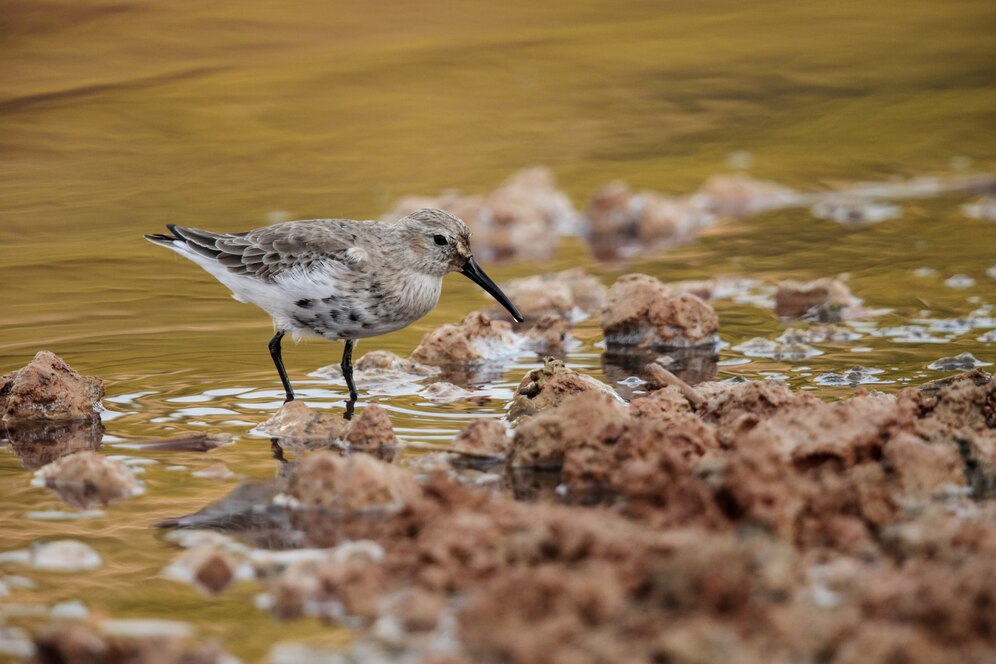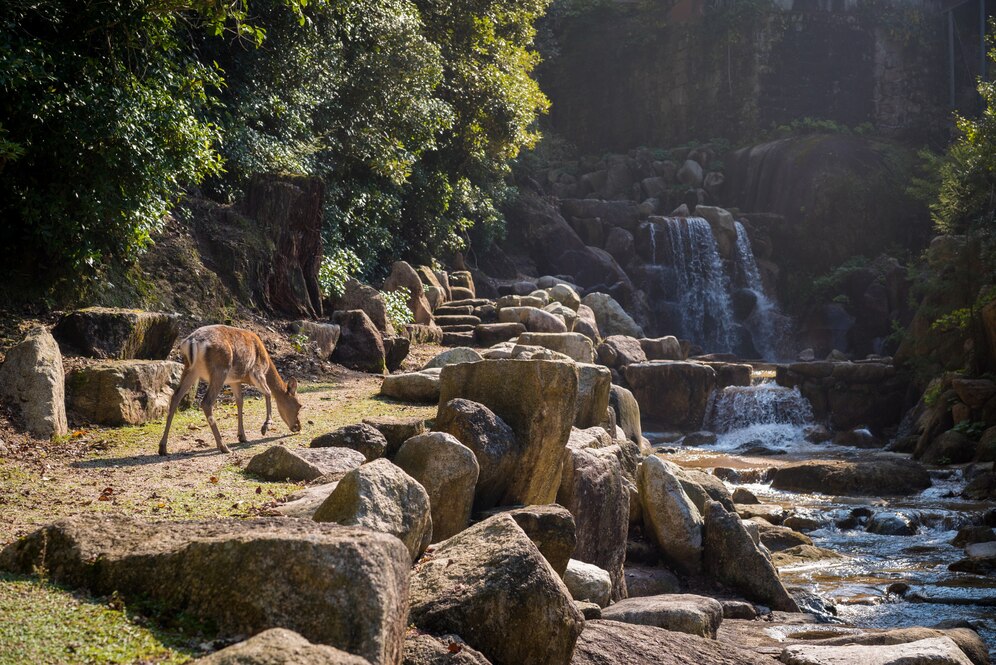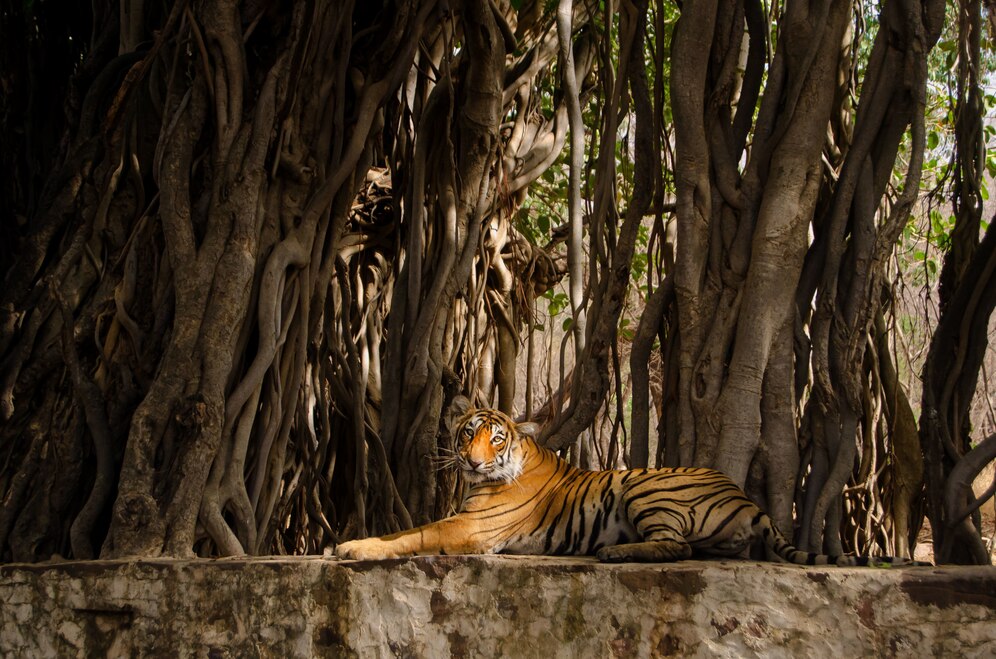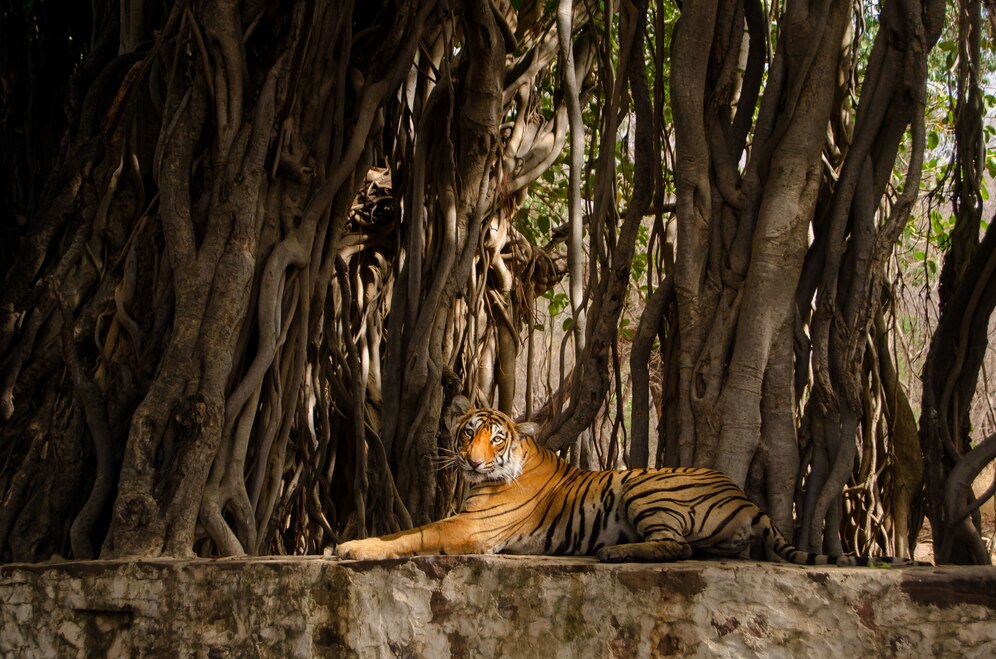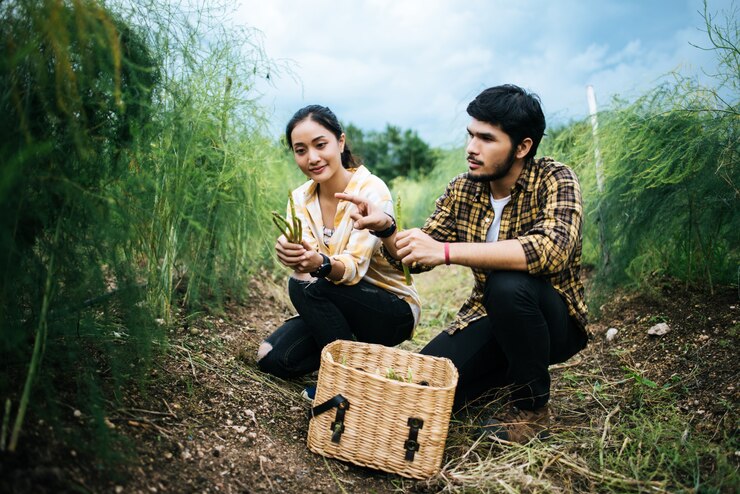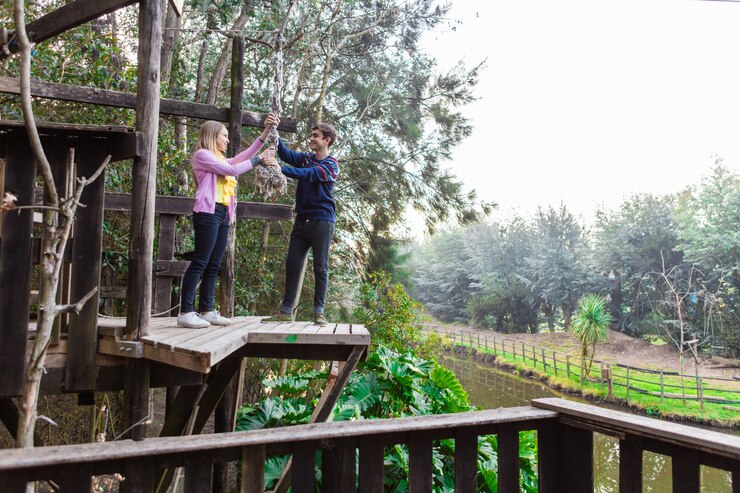It’s a magical place full of rivers, forests, and amazing wildlife. A Sundarban trip is an adventure you will never forget, rich in beauty and excitement. Add a Sundarban tour to your travel list if you are a nature lover. Let’s plan your journey smoothly!
Best Ways to Reach the Sundarbans
The Sundarbans is in West Bengal, India. As this place is directly linked to Kolkata, there is easy accessibility. Land, rail, and water modes are available to reach the Sundarbans. This is how:
By air
The nearest airport is Netaji Subhas Chandra Bose International Airport in Kolkata.
One can also get to Godkhali through the main entry point of taking a taxi or cab from the airport.The travel from the airport to Godkhali takes about 3 to 4 hours.
By Train
- Take a train from Sealdah Railway Station in Kolkata to Canning Railway Station.
- The train journey will take approximately 1.5 hours.
- From Canning, take a shared van or private vehicle to Godkhali, which is 1.5 hours by road.
By Land
- Private cabs, buses, and cars on rent can be availed from Kolkata to Godkhali.
- The total travel time by road is approximately 3 hours.
- The road is well maintained and the travel is smooth by car.
By Water
- There are motor boats from Godkhali that reach the destination place in Sundarbans.
- Private and group tour for Sundarban tourism in a boat.
- Scenic rivers and mangrove forests are viewed through the boat.

Best Time for a Sundarban Trip
The Sundarbans is beautiful every season, with each season being unique in itself. It’s really up to the taste preference of one for a Sundarban trip. November to February happens to be the peak time of visiting the Sundarbans as the climate turns cool and is pleasant, so it is advisable to explore mangrove forests along with wildlife there.
Summer, March to May, is warm but the best season for bird-watchers. This is the season when most migratory birds are seen in Sundarbans and it is heaven for nature lovers.
From June to September, monsoon transforms the Sundarbans into a real lush green paradise. The rain gives a freshness to the forests, and it is altogether magically beautiful. Boat rides throughout this time are stunning, although certain routes might face issues due to water levels.
Each has its own beauty. Choose your season in accordance with your travel plan and be all set for an amazing Sundarban tour.
Interesting Activities in Sundarban Tour
A trip to Sundarban is adventurous, and the most exciting things can be enjoyed with the following list of activities.
- Boat Safari – See mangrove forests that are extremely dense and enjoy some wildlife sights.
- Bird Watching– Observe migratory birds, rare ones that can only be seen here or elsewhere. Walk through Villages- Discover some local cultures and traditions.
- Visit Watchtowers– Witness vistas from places such as Sudhanyakhali and Dobanki. Night Safari (In Buffer Zone) Enjoy glowing phytoplankton.
- Fishing and Crab Catching – Locally conducted fishing.
Cultural Performances – There is also the experience of folk dances and music in the village areas.

Animals to Spot in the Sundarbans
Thousands of unique, exotic, and rare animals live in the Sundarbans. The most celebrated representative of the mangroves is the Royal Bengal Tiger, one of the most beautiful big cats.
Saltwater Crocodile, the largest living reptile, basks in the sun or swims waterways. The spotted deer is commonly seen grazing in herds close to water bodies in open grasslands; the Gangetic dolphin is occasionally spotted at play in the rivers.
The Sundarbans also hosts fascinating reptiles such as the King Cobra and Water Monitor Lizard, living very comfortably in the mangrove ecosystem. In several densely forested areas, Wild Boars and Otters are frequently spotted. Some unique creatures, such as Mudskippers and Horseshoe Crabs, are occasionally seen in the waters and riverbanks.
There are sure to be many bird species catching the eye of any bird-lover, starting from kingfishers and herons to eagles and plenty of other birds of passage. Most seasonal birds find it as a vital point for stop-overs, and therefore, an ideal haven for the bird enthusiasts. Wildlife sightings being a game of luck, then it goes well with a camera and binoculars!
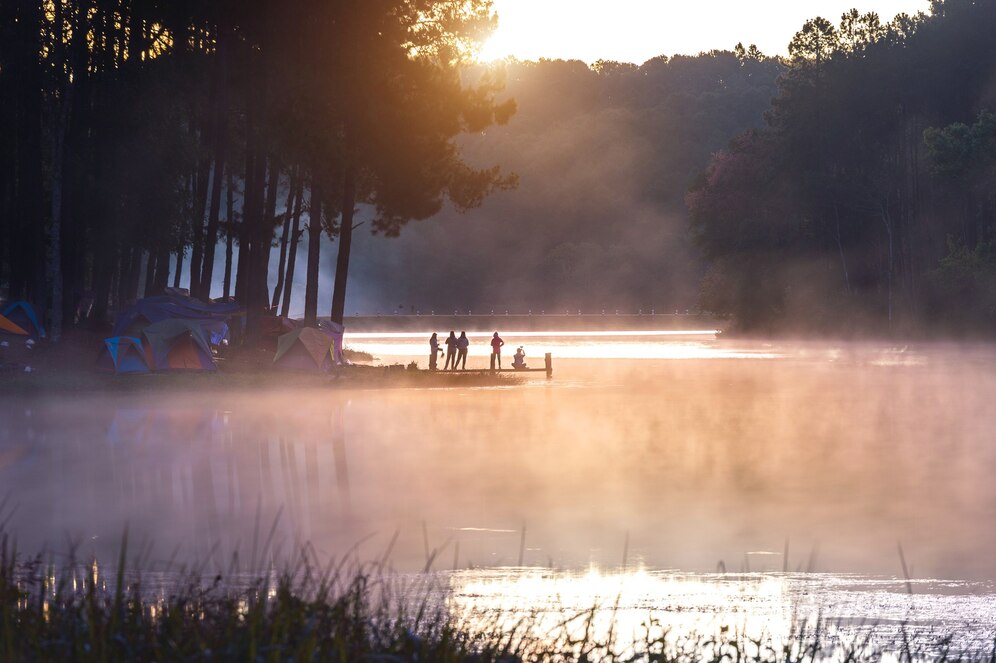
Delicious Cuisine to Try
No Sundarban tour is ever full without trying the local food. Fresh sea foods are the speciality of this region and traditional Bengali dishes can be tried everywhere. A few of the must-try foods include the following:
- Chingri Malai Curry – Prawns cooked in coconut milk.
- Shorshe Ilish – Hilsa fish in mustard sauce.
- Crab Curry – Very spicy dish made with fresh crabs.
- Macher Jhol – Light fish curry with vegetables.
- Pithe & Mishti Doi – Sweet delicacies of Bengal.
- Desi Chicken Curry -This is your classic homemade style of chicken curry.
- Rice and Dal– A simple dish yet delicious.
- Fresh Fruits – Mango, bananas, coconut water are bought from the village market.
At the local eatery, people are served along with rice, fresh vegetables.
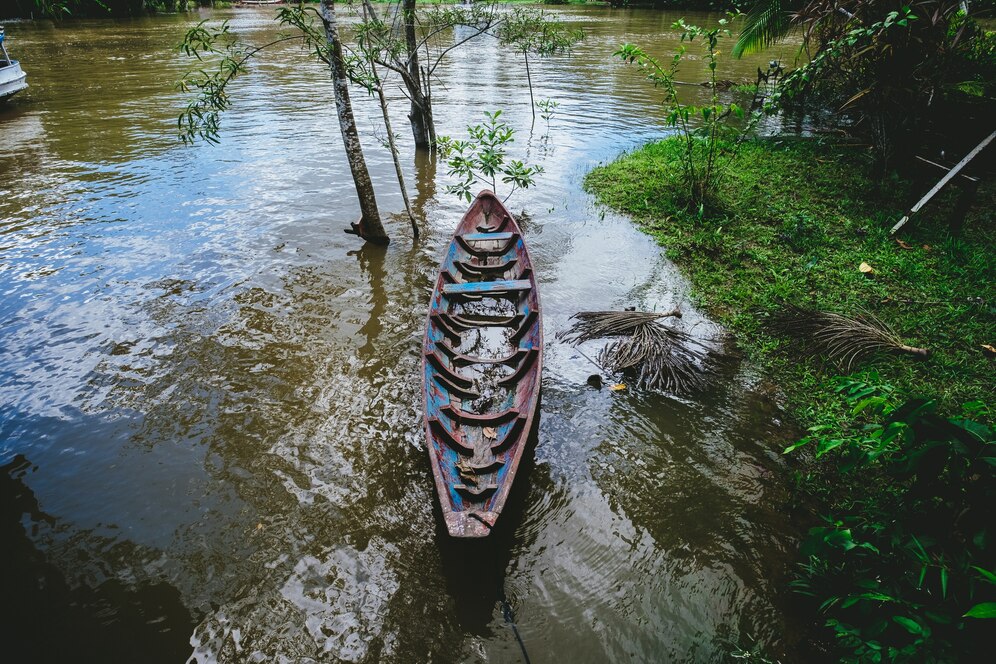
Essential Travel Tips for Your Sundarban Trip
- Take light cotton clothes and comfortable footwear.
- Carry binoculars for spotting birds and animals.
- Take sunscreen, sunglasses, and a hat.
- Pack medicines and mosquito repellent.
- Take identity proof for issuing boat permits.
- Do not litter, respect nature.
- Obey any instructions issued by the forest officials.
- Always travel with a registered guide.
Final Thoughts
A Sundarban trip is the perfect escape into nature. Its miraculous wildlife, gorgeous rivers, and delectable food combine to provide an unforgettable experience. Now, follow this guide, pack your bags, and get ready for a breath-taking journey into the heart of Sundarban tourism!


